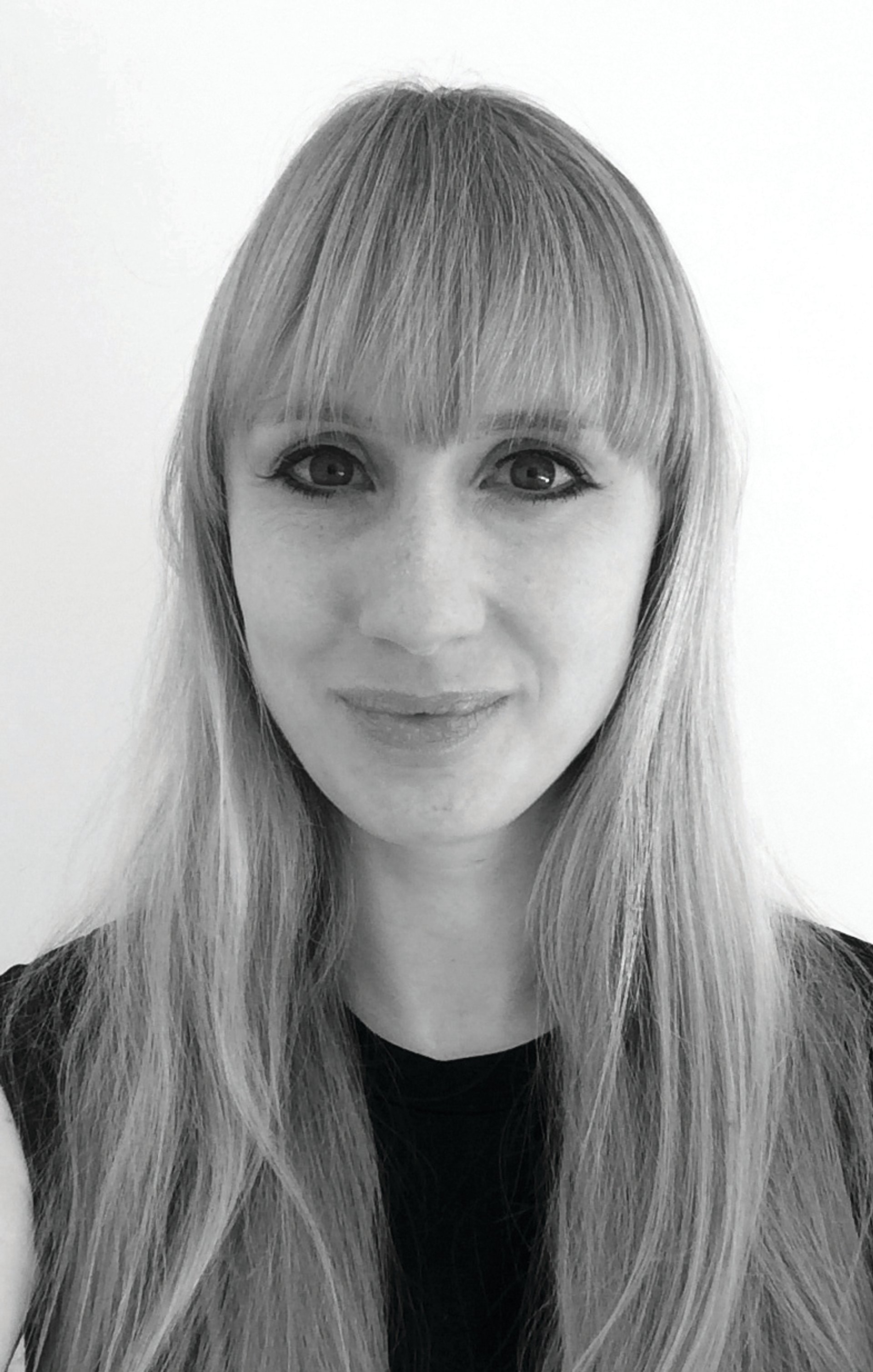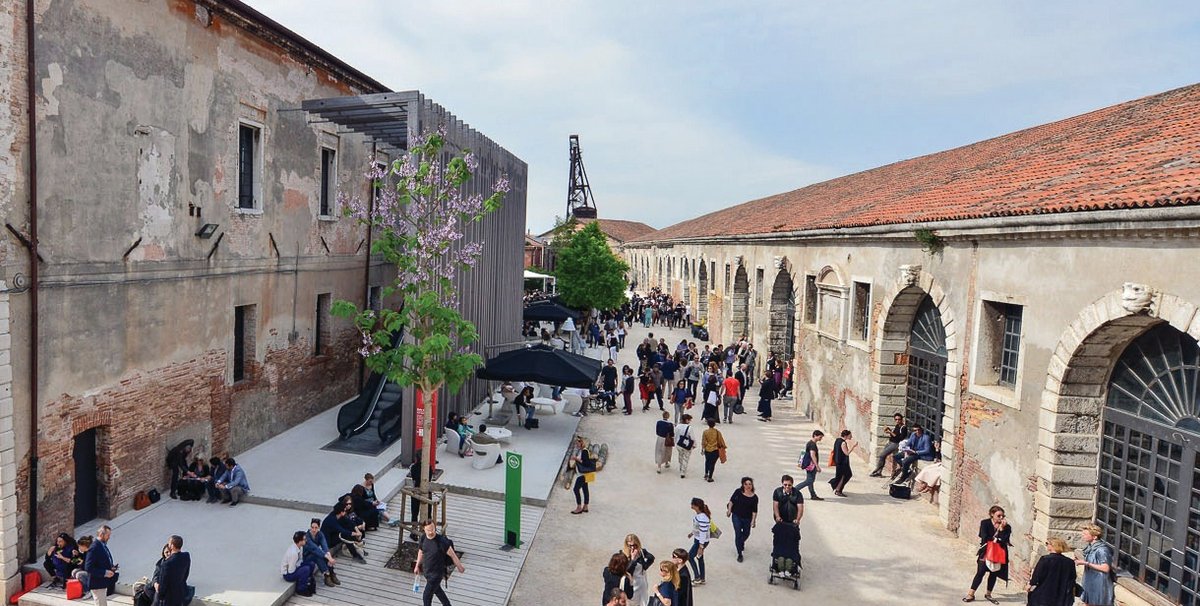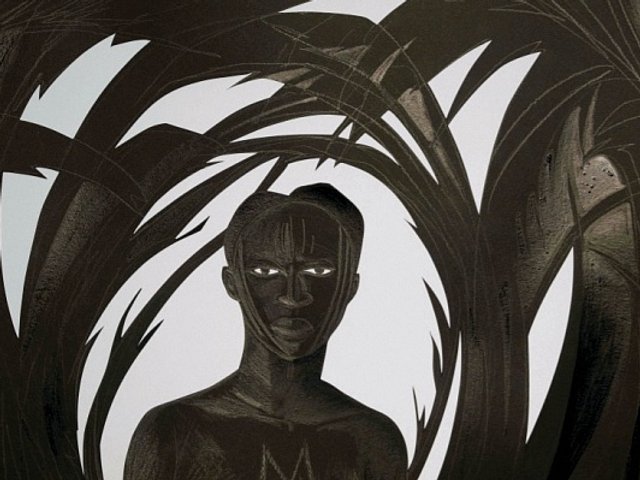Tracey Moffatt
Artist, Australian pavilion
What are you looking forward to seeing at this year’s Biennale?
I am looking forward to finally installing my exhibition My Horizon in the wonderful new Australian Pavilion. For 15 months, I have been holed up in my studio in Sydney working on my works, and I can’t wait to see them with real gallery lighting. As well, after the vernissage period has quietened down and the art world goes home, I want to explore the whole of the Venice Biennale. I just know that some works will blow my mind.
Why does Venice still matter?
Because so many countries are represented. We experience extreme dynamics and see art works from smaller countries that produce astounding works seemingly out of thin air—in contrast to the fascinating decadence of Damien Hirst.
How do you relax and unwind during the Biennale?
There is NO relaxation. The Venice Biennale and its visual art madness makes me all a-jitter. I don’t want to miss a thing and I don’t need a sedative.

Ahmet Ogut
Artist, the NSK State Pavilion, collateral event
What are you looking forward to seeing at this year’s Biennale?
Beside our NSK State pavilion, I am looking forward to seeing Cevdet Erek’s new work ÇIN at the pavilion of Turkey, the result of the collaborative presentation by Erkka Nissinen and Nathaniel Mellors at the pavilion of Finland, Candice Breitz and Mohau Modisakeng’s works at the pavilion of South Africa, Nika Autor’s project at the pavilion of Slovenia, and Wendelien van Oldenborgh’s work for the Dutch pavilion.
Why does Venice still matter?
We are no longer in 1910s, when the notion of nation state pavilions made sense at a major world fair. That notion must be playfully challenged and redefined in every edition. I think what matters is not the Venice Biennale itself, but what do we do with its heritage and its capacity, and whether that can continue to have a lasting effect on civil society.
How do you relax and unwind during the Biennale?
During the day I love avoiding the main streets and instead using back streets and traghetto rides for shortcuts to get everywhere quickly without rushing. At night time I love taking easy walks around 2am, when all the streets are very much emptier and calmer.

Cheyenne Westphal
Chairman, Phillips
What are you looking forward to seeing at this year’s Biennale?
I am particularly excited to see Phyllida Barlow representing Great Britain. She is an artist I have long admired and whose uncompromising work has in the last few years finally received long overdue critical and public acclaim. I am also very much looking forward to seeing Mark Bradford in the American pavilion. He is one of my favourite artists. I saw his exhibition at the Hammer Museum [in Los Angeles], which was amazing. Finally, I am, of course, thrilled to be seeing Damien Hirst’s new work.
Why does Venice still matter?
It continues to be a landmark event in the art calendar that attracts an increasingly global audience. For many artists, the opportunity to show their work in Venice will always be a career highlight, and leads to powerful work being created.
How do you relax and unwind during the Biennale?
One of my favourite spots in Venice is Harry’s Dolci [on Giudecca], which is most easily accessible by boat and has a glorious view of the city.

Jens Hoffmann
Director of Exhibitions and Public Programs, The Jewish Museum, New York; Artistic Director, front international Triennial, Cleveland
What are you looking forward to seeing at this year’s Biennale?
I am looking forward to Sharon Lockhart’s new work in the Polish pavilion. Geta Bratescu in the Romanian pavilion will certainly be stunning, and Cuba’s contribution looks very strong with a group exhibition. I am a big fan of the work of Geoffrey Farmer [Canada], so I am very keen to see what he will do.
Why does Venice still matter?
I am not sure exactly how it matters and why, and I feel it does less and less, but it certainly still does. There are hundreds of other biennials/triennials around the world, many conceptually, artistically and intellectually far more interesting and progressive, yet Venice is the mother of all biennials, starting it all over 100 years ago. It obviously helps that it is taking place in one of the most unusual cities in the world.
How do you relax and unwind during the Biennale?
I always reserve one evening during the opening week to have dinner with my closest friends. For the last couple of editions we got a table at Cip’s Club on Giudecca, right by the water. You can see the lagoon and St Mark’s in the distance while the sun is setting and the crowds are far, far away.

Anj Smith
Artist
What are you looking forward to seeing at this year’s Biennale?
Phyllida Barlow! A refreshingly original, great artist and a true eccentric—in other words, a complete triumph for the British pavilion. Also Mark Bradford at the American pavilion—I’ve loved his dazzling, cerebral paintings for years. Then there’s the Cartesian theatre mash-up of Egill Sæbjörnsson’s inventive humour at the Icelandic pavilion. I’m also extremely excited about the [Philip] Guston show, which puts his work in the context of five 20th-century poets. Guston is a painter who has directly influenced my own work, as has poetry, so that will be fascinating. As well as discovering new depths in work long-loved, I’m thrilled to have a chance to immerse myself with art that isn’t on my radar yet. It’s a major reason why I’m digging myself out of the studio.
Why does Venice still matter?
The cross-fertilisation and creative energy that happens when artists of different nations show and get together is the perfect rebuttal to the xenophobic navel-gazing that is currently plaguing us in the West.
How do you relax and unwind during the Biennale?
Is this a trick question? The parties! For which I’m looking forward to getting ready with my tunes on and a select spritz or two.

Candice Breitz
Artist, South African pavilion
What are you looking forward to seeing at this year’s Biennale?
Cinthia Marcelle (Brazil), Geoffrey Farmer (Canada), Teresa Hubbard and Alexander Birchler (Switzerland), Carlos Amorales (Mexico) and the group exhibition in the Kenyan pavilion.
Why does Venice still matter?
Because it continues to offer the opportunity to be in dialogue with friends and acquaintances from all over the world, and to measure one’s own creative strategies and priorities against those of dozens of other engaged thinkers and makers. Because it is a context in which ideas get tested and shared. Because each return forces one to reflect yet again on the current relationship between contemporary art and the world at large, for better or worse.
How do you relax and unwind during the Biennale?
Go for long runs on Lido beach. Spoil myself to a negroni at the Gritti. Visit Titian’s Assumption of the Virgin at Santa Maria Gloriosa dei Frari. Snack on fresh coconut at every opportunity. Wander through the narrow streets around the Campo del Ghetto Nuovo before watching the sun go down from Al Timon in Cannaregio. And when it all gets too much, escape to the silence of Isola di San Michele, the island of the dead.

Abdelmonem Bin Eisa Alserkal
Patron and founder of Alserkal Avenue, Dubai
What are you looking forward to seeing at this year’s Biennale?
Venice is such a seminal moment for the art world, with everyone waiting to discover what each new edition will bring. The UAE pavilion at the Arsenale will be a special highlight; this edition is being curated by Hammad Nasar and will feature artists Vikram Divecha and Lantian Xie, who were previously commissioned by Alserkal Programming.
Why does Venice still matter?
Now in its 57th year, the Venice Biennale traditionally sets the tone for conversations on a global level. It’s important to be presented with work that looks outwards and have access to such a wide range of artistic discourse. I feel this will be particularly prevalent this year with the curatorial vision of Christine Macel and the diversity of artists represented in the main exhibition.




